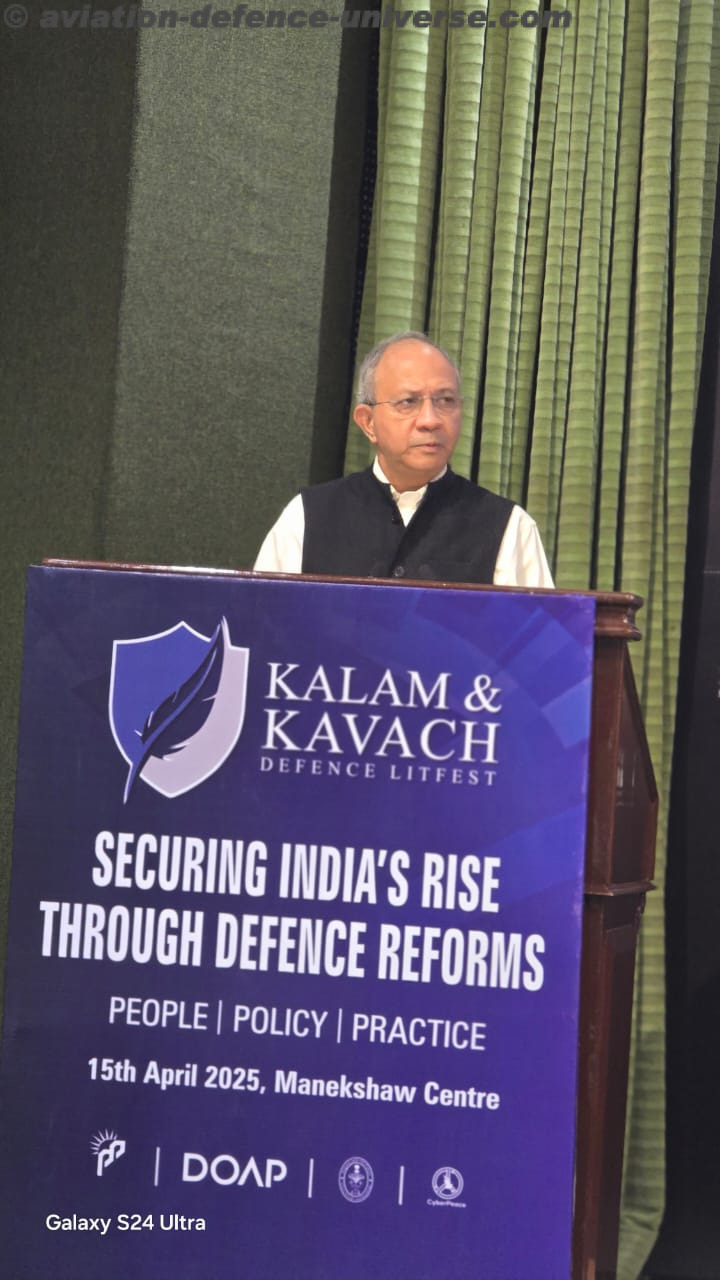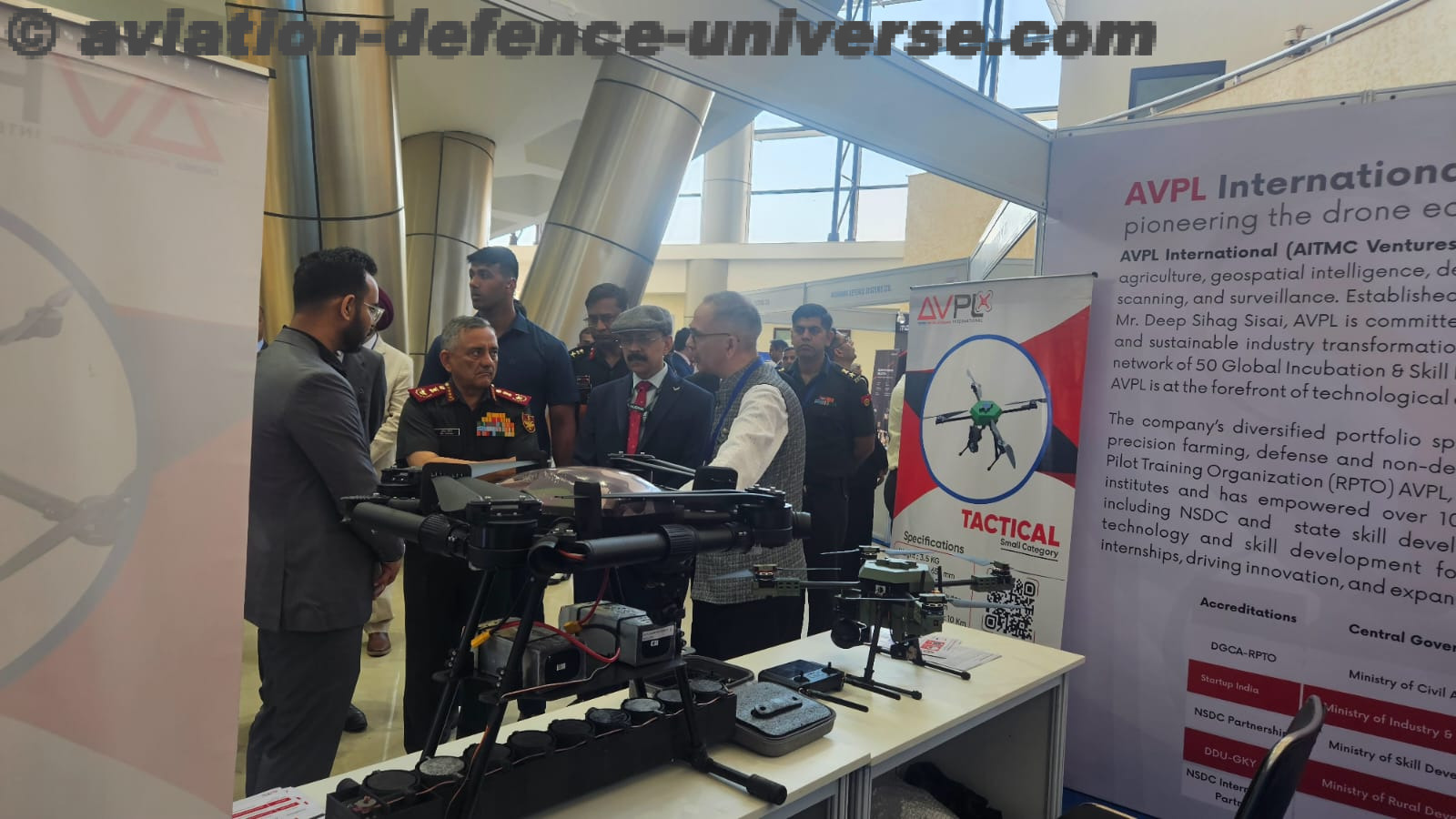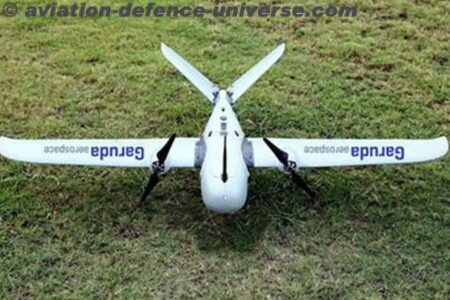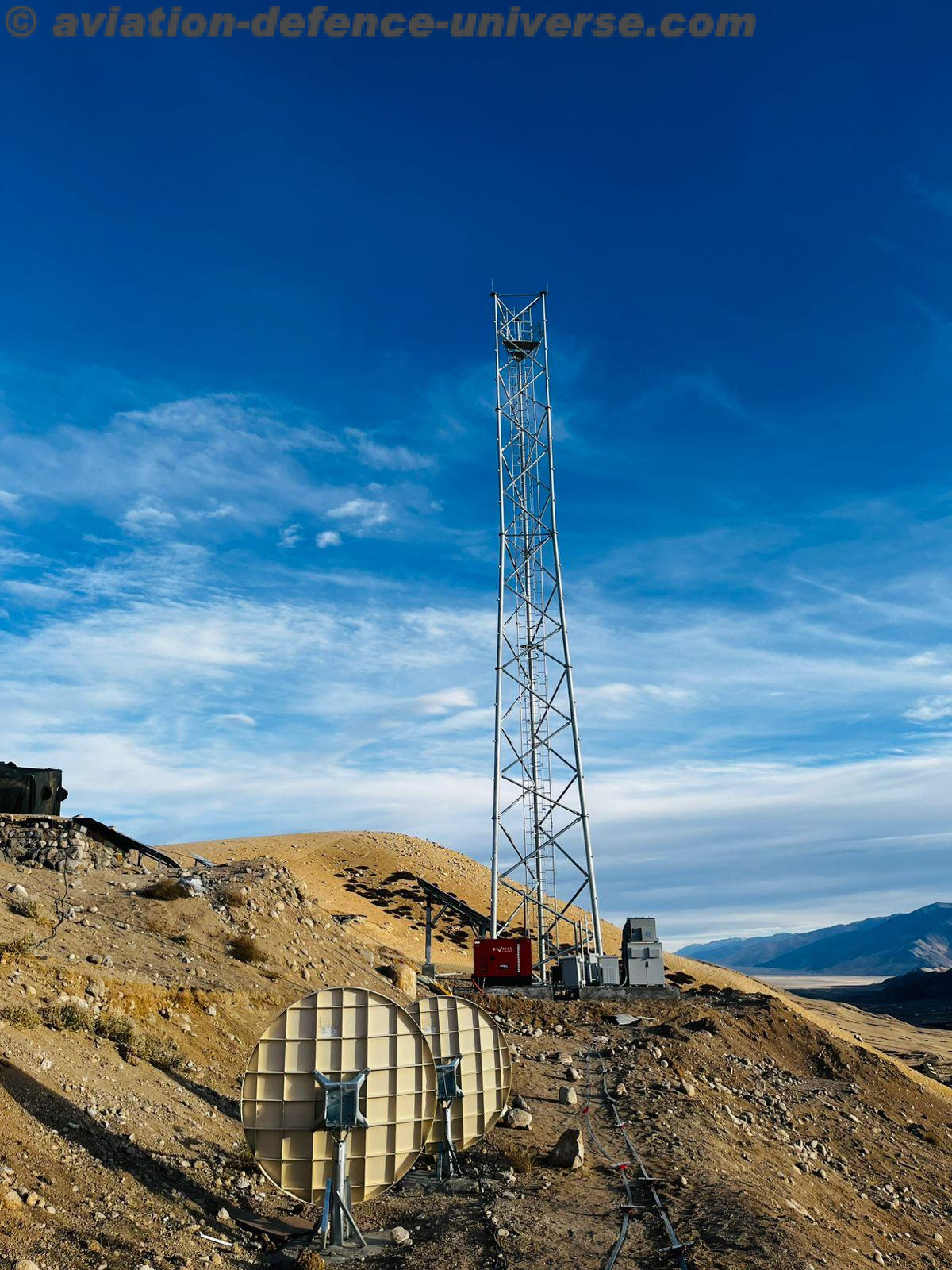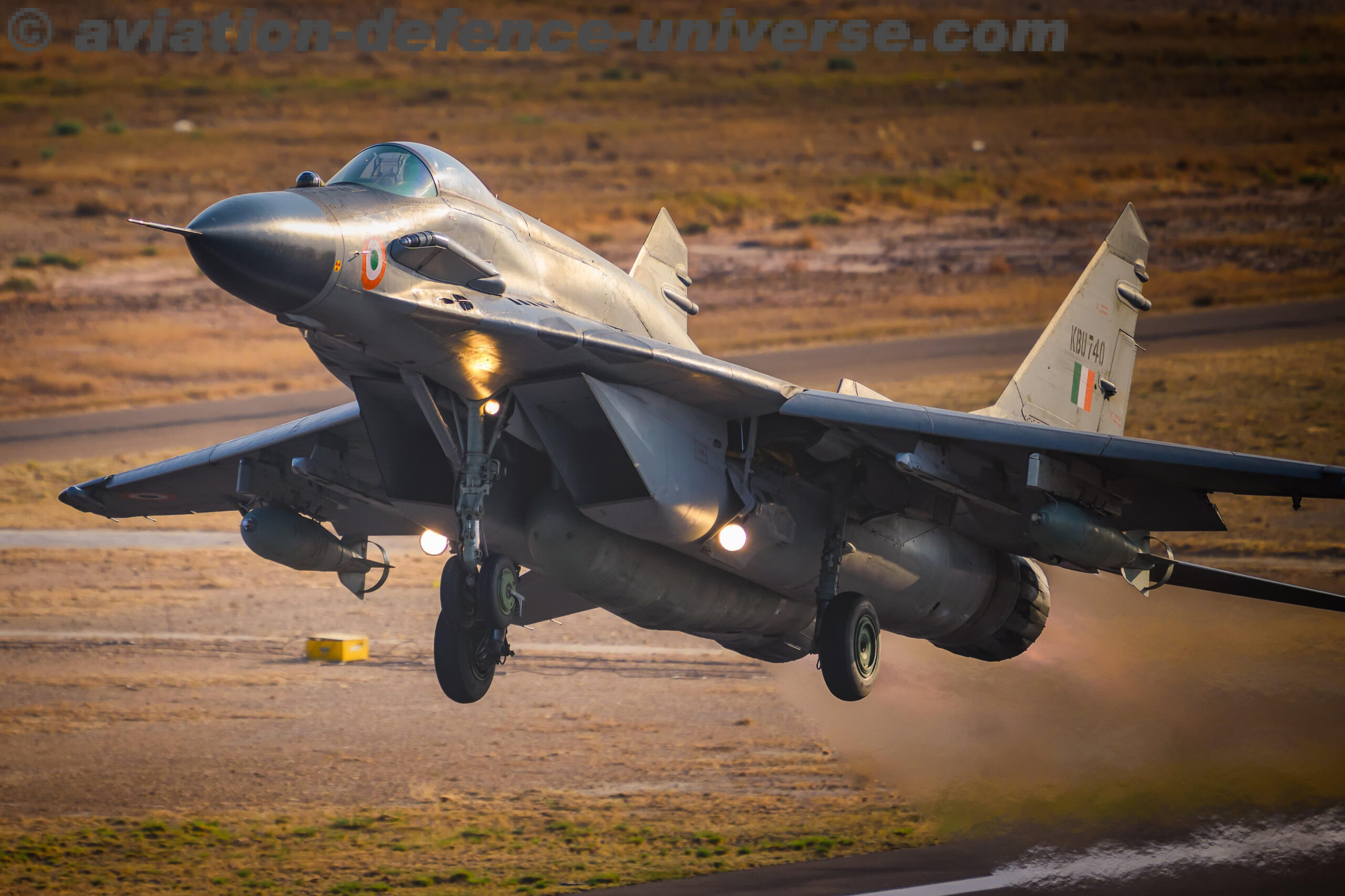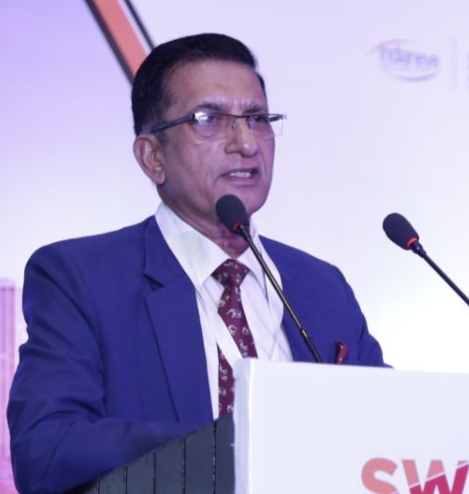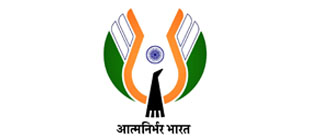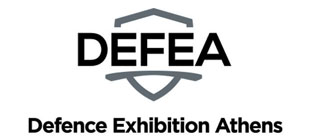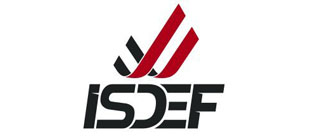By Agnishwar Jayaprakash, Founder and CEO, Garuda Aerospace
Chennai. 05 April 2025. The rapid evolution of drone technology has unlocked new possibilities across various industries, including logistics, agriculture, surveillance, and defense. However, this progress has also introduced significant security challenges. The misuse of drones for unauthorized surveillance, smuggling, and even potential terrorist attacks has necessitated the development of robust anti-drone technologies. In response, Indian drone manufacturers are stepping up, innovating indigenous solutions to ensure national security, protect critical infrastructure, and enhance public safety.
The Expanding Threat Landscape
 As drones become increasingly accessible, security agencies worldwide are grappling with threats such as espionage, smuggling, and cross-border terrorism. India, with its vast borders and dense urban regions, faces a heightened risk of drone-related security breaches. Recent incidents involving drones in activities, including cross-border smuggling and unauthorized incursions into sensitive areas, have reinforced the urgency for advanced counter-drone measures.
As drones become increasingly accessible, security agencies worldwide are grappling with threats such as espionage, smuggling, and cross-border terrorism. India, with its vast borders and dense urban regions, faces a heightened risk of drone-related security breaches. Recent incidents involving drones in activities, including cross-border smuggling and unauthorized incursions into sensitive areas, have reinforced the urgency for advanced counter-drone measures.
Multi-Layered Detection Systems: A Proactive Approach
Multi-layered detection systems offer a proactive approach to countering rogue drones by integrating multiple technologies that work in tandem. Radar-based detection identifies airborne threats from a distance and distinguishes drones from other flying objects like birds. Radio Frequency (RF) detection tracks communication signals between the drone and its operator, helping authorities pinpoint their locations. Optical cameras provide real-time visuals, while thermal imaging detects drones based on their heat signatures, particularly in low-visibility conditions. By combining these advanced methods, anti-drone systems enhance accuracy and ensure threats are identified before reaching critical areas.
Once a drone threat is detected, various neutralization methods are employed to prevent it from reaching its target. GPS jamming and signal disruption interfere with the drone’s navigation and communication systems, causing it to lose control, return to its launch point, or land safely. Physical capture techniques, such as net guns and specialized capture drones, effectively ensnare rogue UAVs mid-air. Additionally, emerging directed energy weapons, including high-energy lasers and microwave systems, offer precise and efficient drone neutralization while minimizing collateral damage.
Addressing Legal and Ethical Concerns
While anti-drone technologies play a crucial role in security, their implementation presents legal and ethical challenges. The use of jamming systems, for instance, may interfere with civilian communication networks, leading to unintended disruptions. Additionally, monitoring drone movements in public areas raises privacy concerns that need to be carefully managed within regulatory frameworks.
Governments and policymakers are working to establish clear guidelines to balance security needs with privacy rights. Ensuring compliance with existing laws while advancing counter-drone capabilities is vital for fostering responsible use of these technologies.
Enhancing Public Awareness and Civilian Collaboration in Drone Security
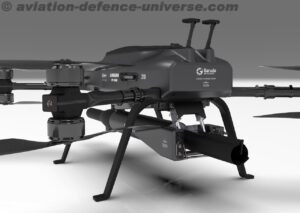 Beyond technological advancements, an often-overlooked aspect of counter-drone measures is public awareness and civilian collaboration. As drones become more prevalent, educating the public about potential threats and responsible drone usage is essential. Community engagement programs, awareness campaigns, and reporting mechanisms can empower citizens to recognize and report suspicious drone activity, enhancing overall security. Additionally, partnerships between drone manufacturers, security agencies, and local law enforcement can facilitate real-time threat intelligence sharing, enabling quicker responses to unauthorized drone incursions. By integrating public participation into anti-drone strategies, authorities can create a more comprehensive and proactive defense system that extends beyond technology alone.
Beyond technological advancements, an often-overlooked aspect of counter-drone measures is public awareness and civilian collaboration. As drones become more prevalent, educating the public about potential threats and responsible drone usage is essential. Community engagement programs, awareness campaigns, and reporting mechanisms can empower citizens to recognize and report suspicious drone activity, enhancing overall security. Additionally, partnerships between drone manufacturers, security agencies, and local law enforcement can facilitate real-time threat intelligence sharing, enabling quicker responses to unauthorized drone incursions. By integrating public participation into anti-drone strategies, authorities can create a more comprehensive and proactive defense system that extends beyond technology alone.
Overcoming Cost and Technological Barriers
One of the key hurdles in the widespread adoption of anti-drone systems is cost. Advanced detection and neutralization technologies require significant investment in research, deployment, and maintenance. Smaller businesses and organizations may find it challenging to afford such systems, leading to disparities in security measures.
However, continuous advancements in artificial intelligence (AI) and machine learning are making these technologies more cost-effective and accessible. AI-driven anti-drone systems can enhance detection accuracy by distinguishing between legitimate and rogue drones, reducing false alarms and improving response efficiency.
The Future of Anti-Drone Technologies
 As drone threats continue to evolve, so must counter-drone measures. The integration of AI, machine learning, and automated response systems will enhance the efficiency and precision of anti-drone solutions. Governments, defense agencies, and private enterprises must collaborate to develop comprehensive security frameworks that keep pace with emerging threats.
As drone threats continue to evolve, so must counter-drone measures. The integration of AI, machine learning, and automated response systems will enhance the efficiency and precision of anti-drone solutions. Governments, defense agencies, and private enterprises must collaborate to develop comprehensive security frameworks that keep pace with emerging threats.
By investing in cutting-edge anti-drone technology, India is not only safeguarding its national security but also positioning itself as a global leader in drone defense solutions. The future promises more sophisticated, scalable, and cost-effective anti-drone technologies, ensuring a safer environment for all.





















